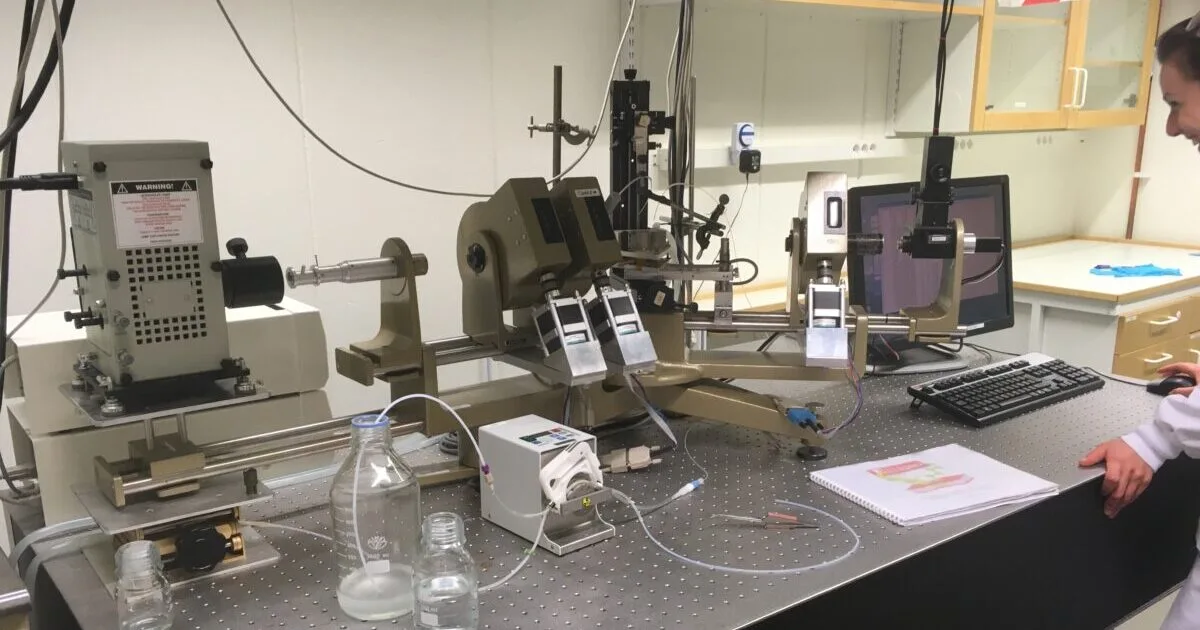Ellipsometry is an optical technique that measures changes in the polarization of light and through a subsequent data analysis gives data on the thickness, dry mass and refractive index of an adsorbed layer. The applications are many when studying polymers, proteins, biofilms, surface modifications etc. We often use it to study the deposition of coacervates from polymer-surfactant formulations.
Ellipsometry is often combined with AFM (Atomic Force Microscopy) and QCM (Quartz Crystal Microbalance).
The applications can be briefly exemplified as follows: Adsorption and desorption; Conformational changes and Rheological changes.
A titration experiment is one way of using ellipsometry. Here it is used to see at which surfactant-polymer ratios coacervate formation and deposition occur. This is indicative of the interactions and useful for many applications where these systems are used to modify surfaces or as vehicles for deposition of active agents.
Variations in polymer molecular weight, charge density and hydrophobic character are important as is the surfactant characteristics and the medium (ionic strength and pH being common variables).
A brief application note and a white paper, both by Tobias Halthur can be downloaded from below.




